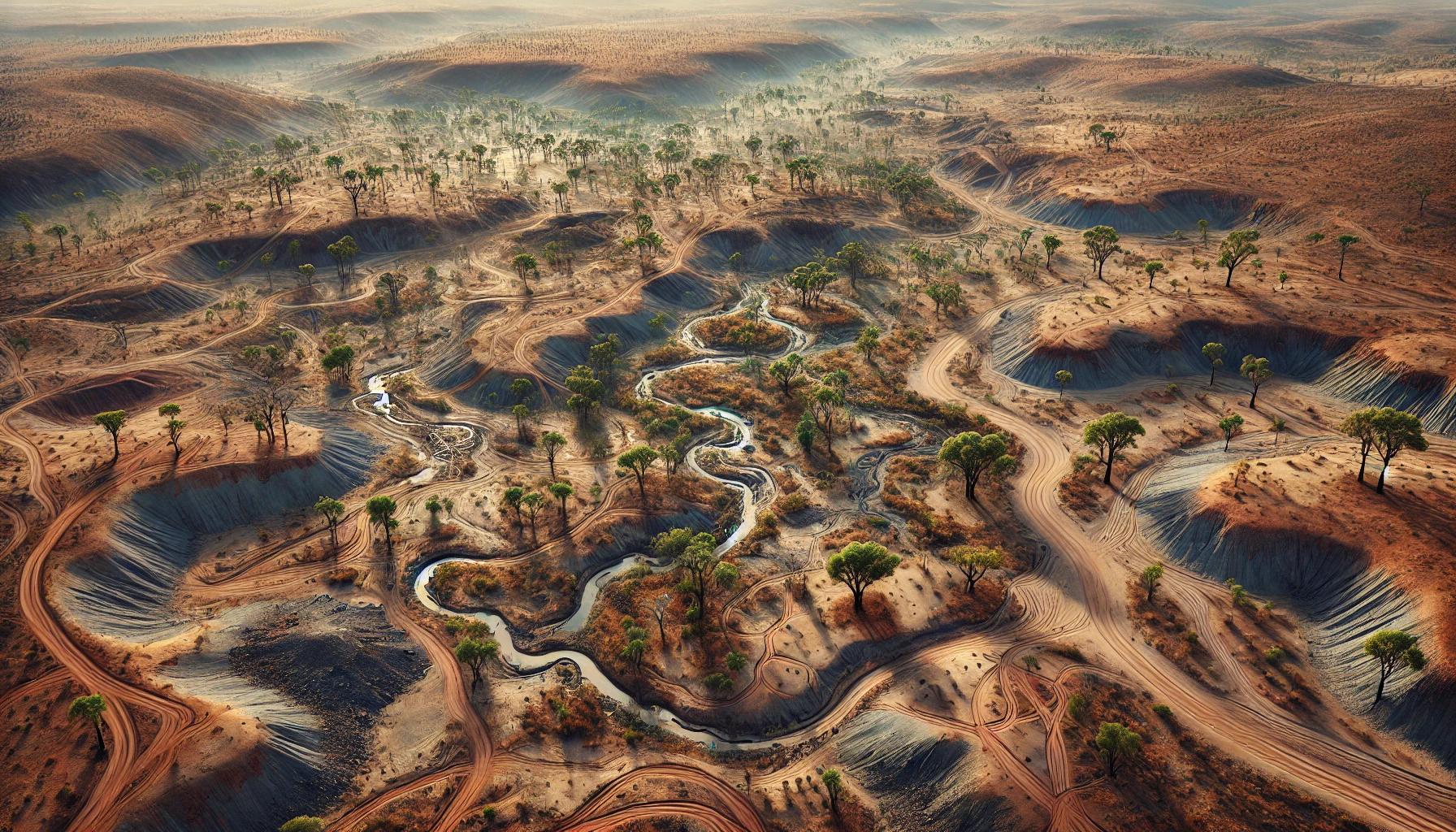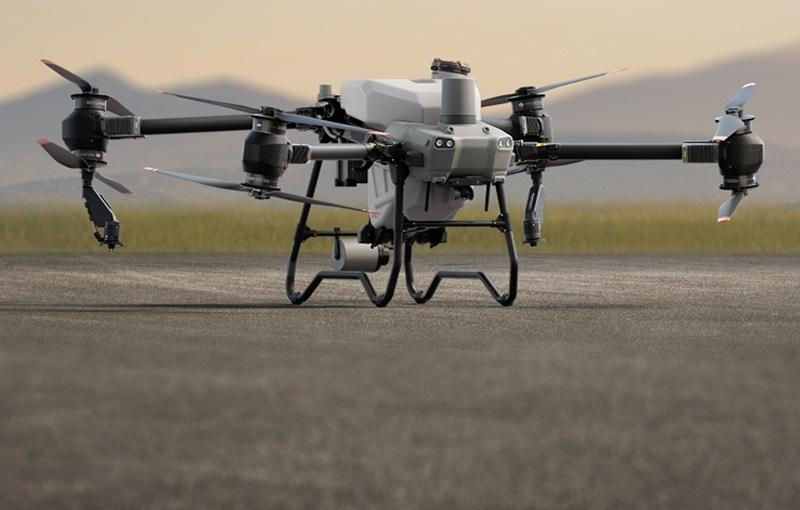From Ruin to Renewal: How Drones Are Revolutionizing Mine Rehabilitation
- Milad Mir

- Mar 17
- 3 min read
Updated: Apr 5
The more we mine, the greater our responsibility to rehabilitate, and as our understanding of environmental sustainability grows, so do the standards we must meet. As a result, mine rehabilitation has become more costly than ever before.
Despite advancements in technology, the global mining industry often lags behind in adopting innovation. Even here in Australia, in 2025, many mining companies still rely on traditional rehabilitation methods. These methods can be expensive, time-consuming, and inefficient. In some cases, rehabilitation is so inadequate that companies are forced to bring in additional contractors to fix the issues — incurring even more costs.
A real-world example from 2024 demonstrates how innovation can lead to significant financial savings. By replacing traditional rehabilitation methods with drones, one mining company in Australia saved hundreds of thousands of dollars.
To put this into perspective, after completing post-mining landscaping, the company needed to seed the site. Contractor A quoted $40,000 for hand-seeding 100 hectares, while a drone company offered the same service for just $13,000. But the cost savings tell only part of the story.
Seeding | Hand Seeding | Drone Seeding |
Average Cost per hectare | $40k | $13k |
Average Speed | 20 ha per week | 20 ha less than 2 hours |
Risks | 1.Tripping or falling 2.Dehydration 3.Fatigue | 1.Crashing 2.Bird attacks |
Restrictions | 1.Bad weather 2.Labour availability 3.Scheduling conflict | Bad weather |
Efficiency | 1.Patchy and uneven spread 2.Re-seeding | 1.Precision seeding 2.Software driven seeding pattern 3.Re-seeding easily |
Looking at rehabilitation projects over the past decade, we’ve seen that drone-seeding provides significantly higher precision compared to traditional methods. To illustrate this point, here are three images showcasing different levels of rehabilitation quality after mining.
No Rehab | Poor Rehab | Good Rehab |
Drones weren’t just chosen over traditional hand-seeding methods—they also replaced helicopters for fertilization. This shift was driven by significant advantages in cost, safety, and practicality.
Below is a brief comparison of key factors, including financial efficiency, safety, and practicality, highlighting why drones have become the preferred choice for post-mining rehabilitation.
Fertilizing | Helicopters | Drone Seeding |
Average Cost per hectare | $44k | $13k |
Average Speed | Fast, but requires approvals | 20 ha less than 2 hours |
Risks | 1.Crashing (rare) 2.Emergency Landing 3.Suspending Bucket 4.Fertilizing in Streams 5.Powerlines | Crashing (rare) |
Restrictions | 1.Bad weather 2.More Labour 3.No drone ops while this happening 4.Heli-Pad 5.Noise 6.Fuel Storage Hazard | Bad weather |
Efficiency | Efficient and fast in good weather | Efficient in good weather + Precision Fertilizing |
Conclusion: The Future of Cost-Effective, High-Precision Mine Rehabilitation
As the mining industry evolves, so does the demand for cost-effective and high-precision mine rehabilitation solutions. With stricter environmental regulations and rising rehabilitation costs, relying on traditional seeding and fertilization methods is no longer a viable option for companies looking to maximize efficiency and minimize expenses.
The adoption of drone technology in mine rehabilitation has proven to be a game-changer. As demonstrated in our 2024 case study, switching from manual seeding and helicopter fertilization to advanced agricultural drones resulted in hundreds of thousands of dollars in savings, improved precision, and enhanced safety. Drones outperform conventional methods by offering greater coverage, faster operations, and reduced labor costs.
For mining companies in Australia and globally, embracing drone-seeding and fertilization technology isn’t just about meeting stricter environmental regulations—it’s about securing long-term financial sustainability while ensuring successful land restoration. The future of sustainable mine rehabilitation is already here, and those who leverage drone-based solutions for mine rehabilitation will gain a competitive edge in cost savings, compliance, and efficiency.
Want to know what drones would suit you? Read this!




Comments